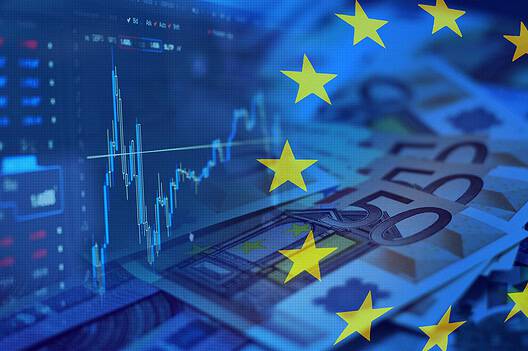Includes historical data for Hungary’s Gross Domestic Product growth, debt-to-GDP ratio and more, as well as information on trade, banking and financial sector leadership.
Strategic Location And Low Taxes Attract Foreign Investment
Since the collapse of communism in 1989, Hungary has transitioned from a centrally planned economy to a modern, open-market, West-oriented economy. With its strategic central location within Europe and its convenient access to regional markets, diversified economy, robust infrastructure and skilled workforce, this country of approximately 10 million people has become a significant recipient of international investment. Low corporate taxes and other incentives further enhance its appeal.
However, Hungary also faces challenges, including corruption, inequality and labor shortage issues. Furthermore, the economy is vulnerable to fluctuations in export demand. Disputes with the EU over the rule of law pose additional concerns.
Macroeconomy & Sovereign Data
| Type of Government | Parliamentary republic |
|---|---|
| Capital | Budapest |
| Sovereign Ratings |
S&P: BBB– Moody’s: Baa2 Fitch: BBB |
| Total Population | 9.6 million |
| Median Age | 42.5 |
| Adult Per Capita Income (PPP) | 37,040.60 |
| Total GDP (2023) | 223.4 billion |
Hungary GDP & Economic Overview
Most Recent Content
Hungary
Banking & Finance
Trade & Investment
| Total Exports | USD 147.4 billion (2023) |
|---|---|
| Leading Exports |
Cars And Vehicle Parts Electric Batteries Video Displays Packaged Medicines Spark-Ignition Engines Broadcasting Equipment |
| Total Imports | USD 148.8 billion (2022) |
| Leading Imports |
Cars And Vehicle Parts Integrated Circuits Packaged Medicines Broadcasting Equipment Crude Petroleum |
| Source: | World Integrated Trade Solution |
Hungary Leading Companies
| OTP Bank | Financials |
|---|---|
| MBH Bank | Financials |
| MOL Hungarian Oil | Oil & Gas Exploration & Production |
| MVM Group | Electric Utilities |
| Richter Gedeon Co. | Pharmaceuticals, Biotechnology & Life Sciences |
| Videoton | Industrials, Machinery & Equipment |
| Wizz Air | Airlines |
Major Trade Partners — Import
| Germany | 24% |
|---|---|
| China | 7% |
| Austria | 6% |
| Slovak Republic | 6% |
| Poland | 6% |
Source: World Integrated Trade Solution
Major Trade Partners — Export
| Germany | 27% |
|---|---|
| Italy | 6% |
| Romania | 5% |
| Slovak Republic | 5% |
| Austria | 5% |
Source: World Integrated Trade Solution
Global Finance Rankings & Awards
Data Sources:
UN World Population Prospects
World Inequality Report
S&P Global Ratings
Moody’s
Fitch Ratings
IMF Direction of Trade Statistics (DOTS)
UN Conference on Trade and Development (UNCTAD)
CIA The World Factbook
World Bank’s World Integrated Trade Solution
Forbes Global 2000







